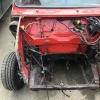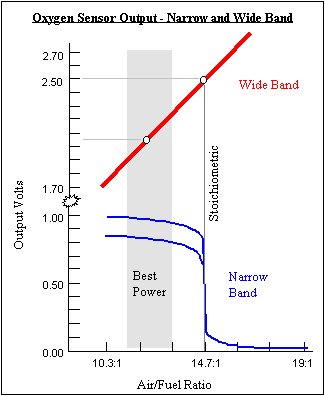Mini failed the MOT today. yes you guessed it emissions, it always just squeaked through at the old garage I used to take it to, but they have closed and the place I have taken it has failed it. (I don't blame them by the way) they can only do what the analyser tells them. so its a 1995 cooper spi, I had fitted a new cat before the MOT,the last garage recommended that, fairly confident the Lambada sensor is working correctly, it was when I plugged it in the code reader thing a few weeks ago. it failed on exhaust carbon monoxide content after 2nd fast idle. showing 1.240 on the fail sheet and second fast idle 0.855. I am sure this has been done a zillion times, any recommendations or ideas where I can start to rectify this. I did take it out for a 2hour drive before the MOT so Italian tune up made no difference. Thanks in advance of ideas. it has had new vac lines etc before the last mot, and new elbows etc so confident they are all good.
Edited by ClassicAsh, 16 March 2020 - 03:20 PM.



















